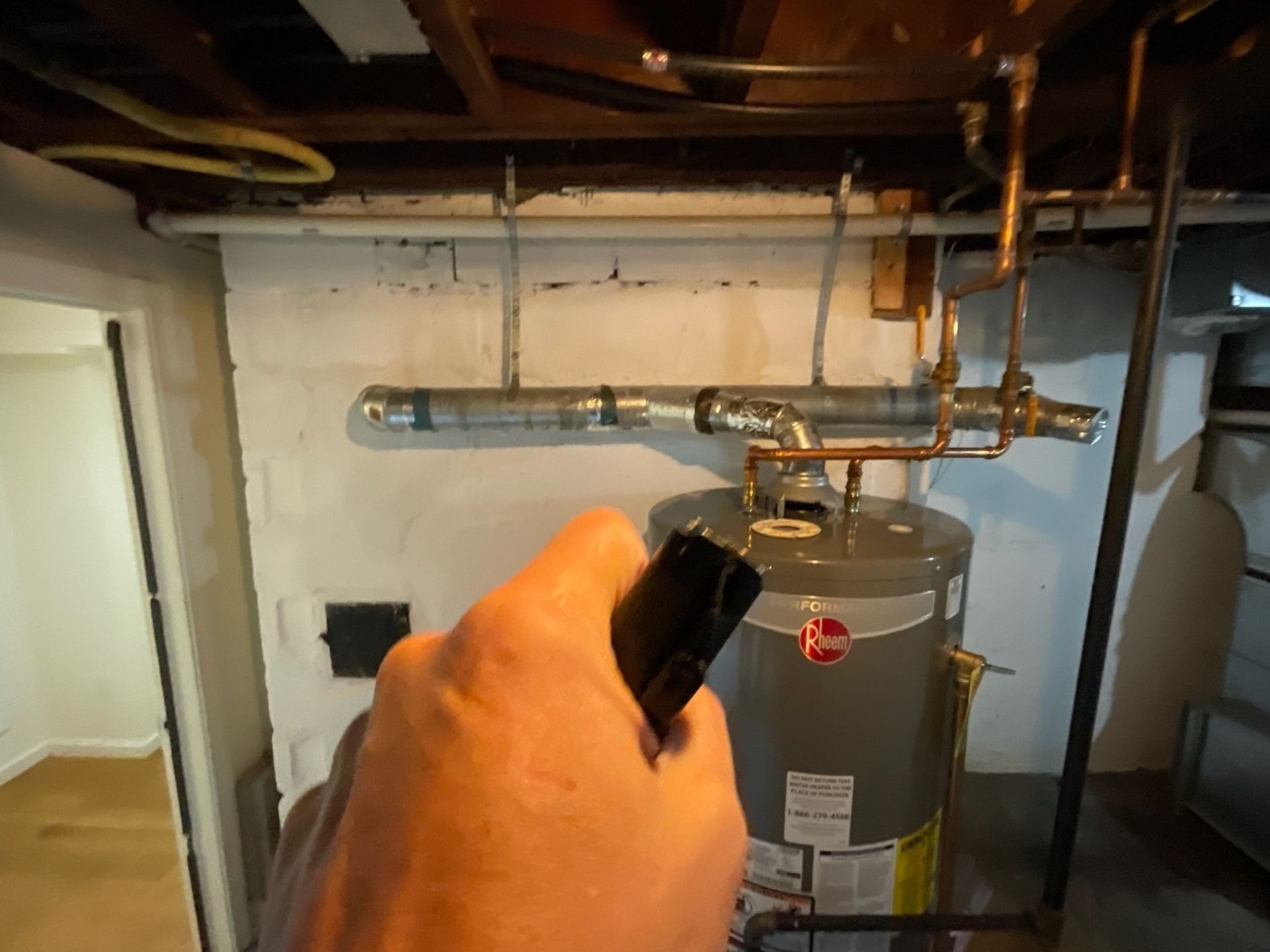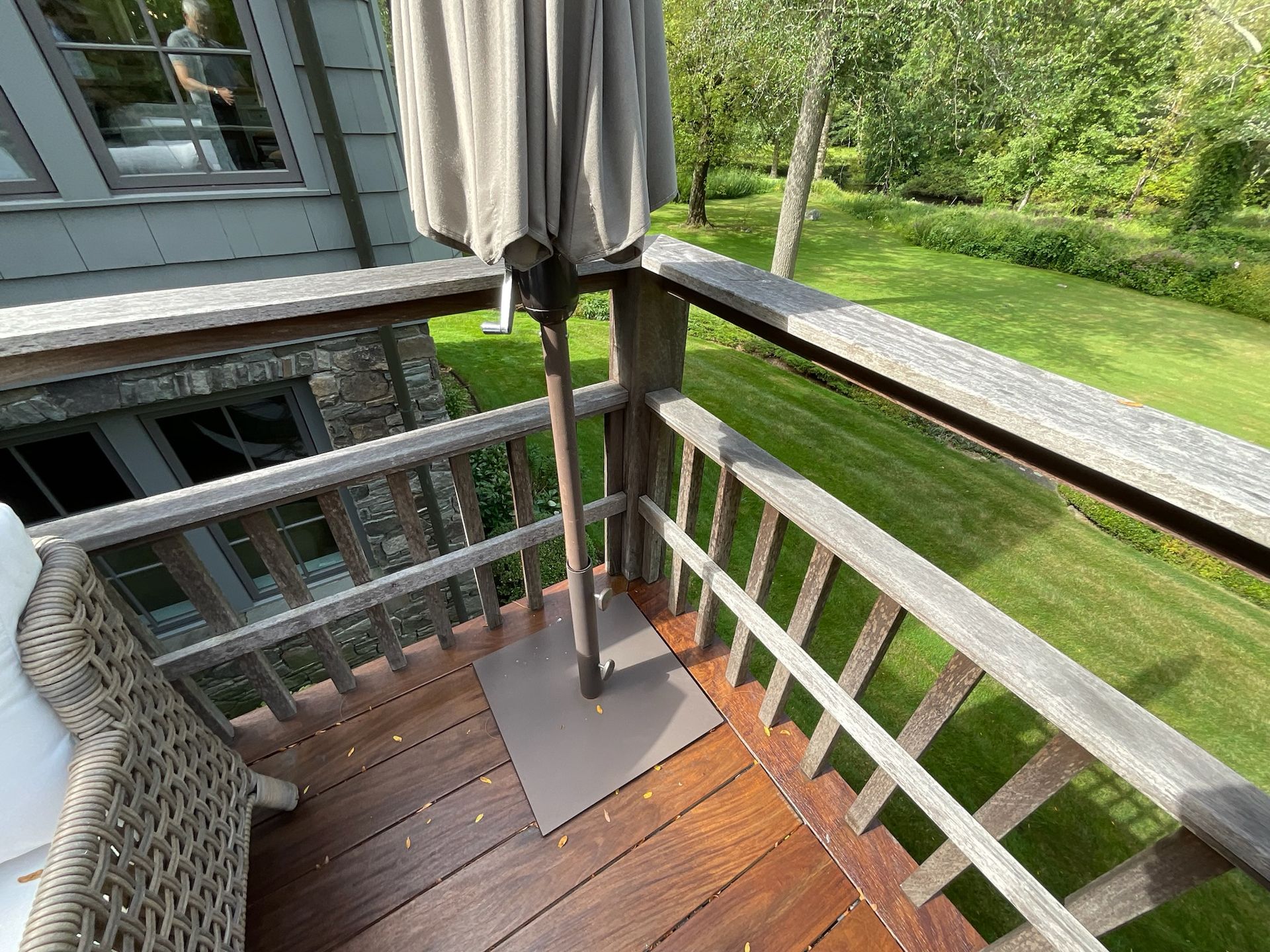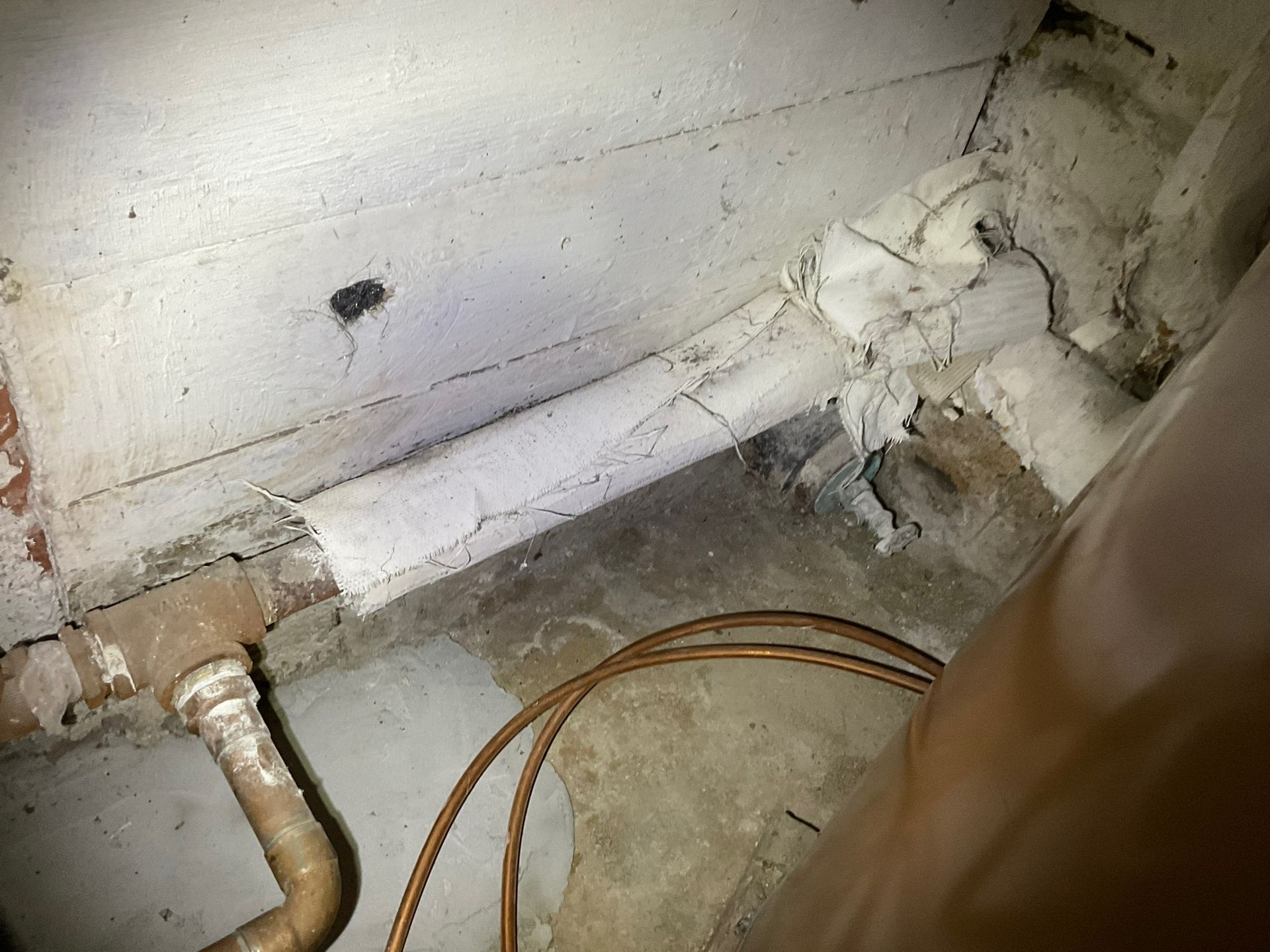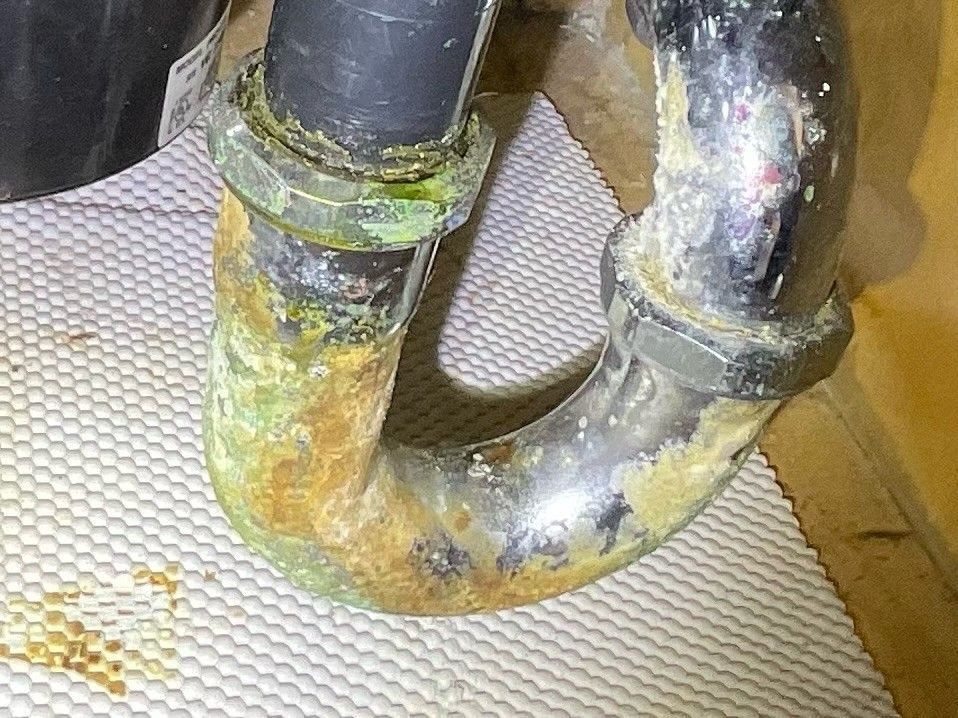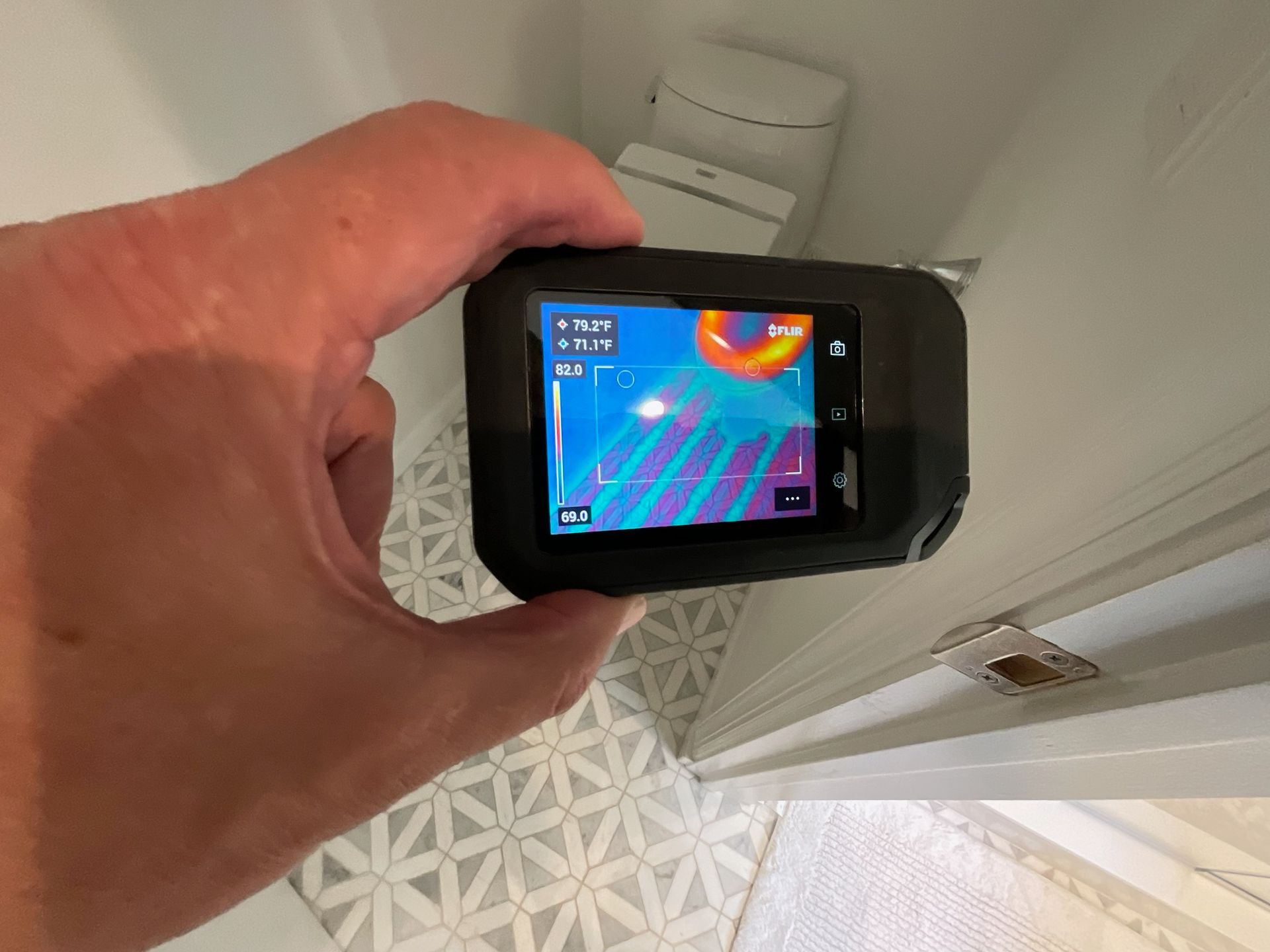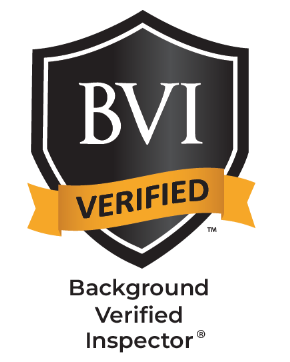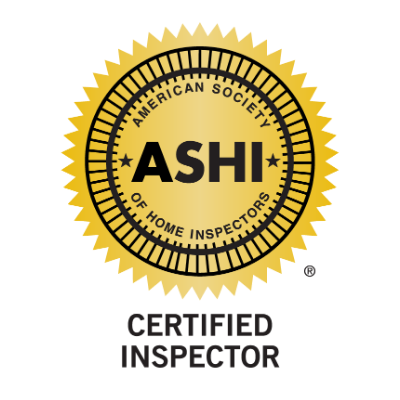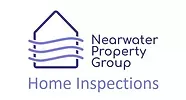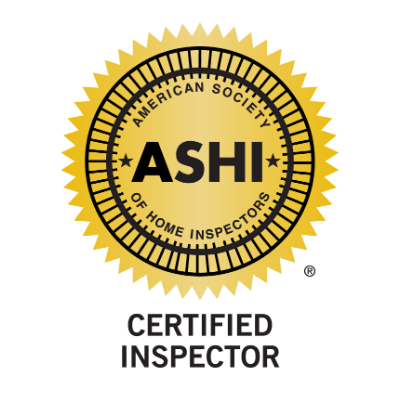A Metal Pipe Sticking Out Of Your Lawn Could Be Harmless Or A Major Problem!
I drove up to a property and saw this pipe in the yard about 6' from the street. It was a 1920's build in an old neighborhood. I didn't see a vent pipe anywhere, and the house was probably 100' off the street, so while thinking it might be a buried oil tank, I had second thoughts. I finished my inspection in the basement, and sure enough, there was a 1920's oil pump mounted to the street side wall and copper oil pipes coming in. All of the appliances were gas fired. I asked the owner when the heat was converted from oil to gas, and she told me she had been living there since 1963 and it was always gas. Wow... I recommended she get the yard scanned for an oil tank and sure enough, there was one was buried in the front yard. She had no idea for the last 60 years that there was an oil tank buried in the yard! I never heard if it was leaking or not, but if so, it might have costs hundreds of thousands of dollars to clean up. When you buy a house, you buy all of the liabilities that come with it. This is why a good home inspection is paramount.
